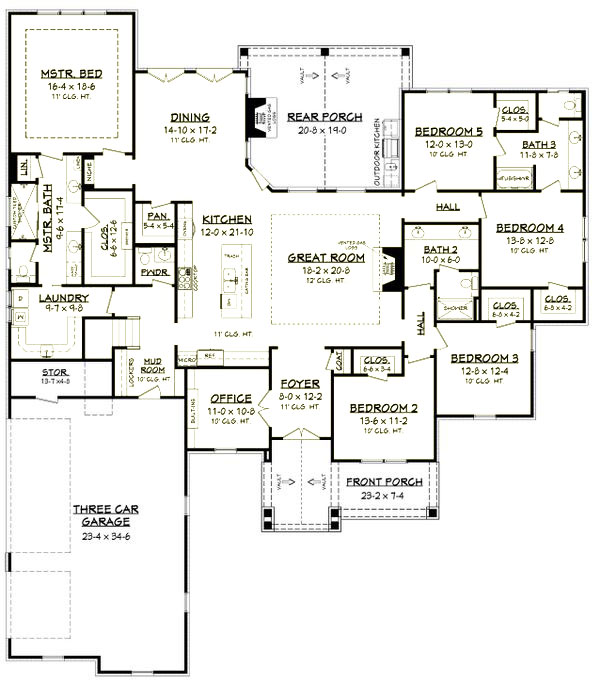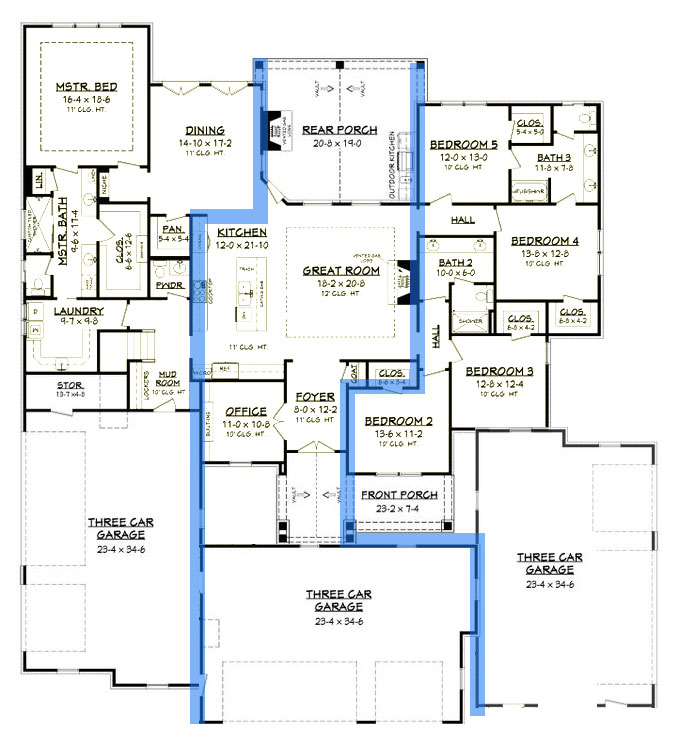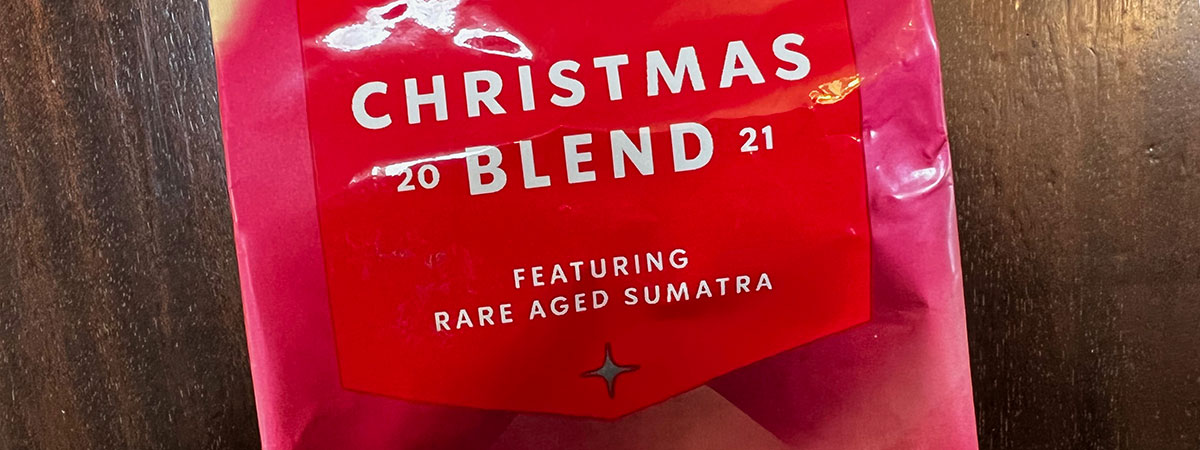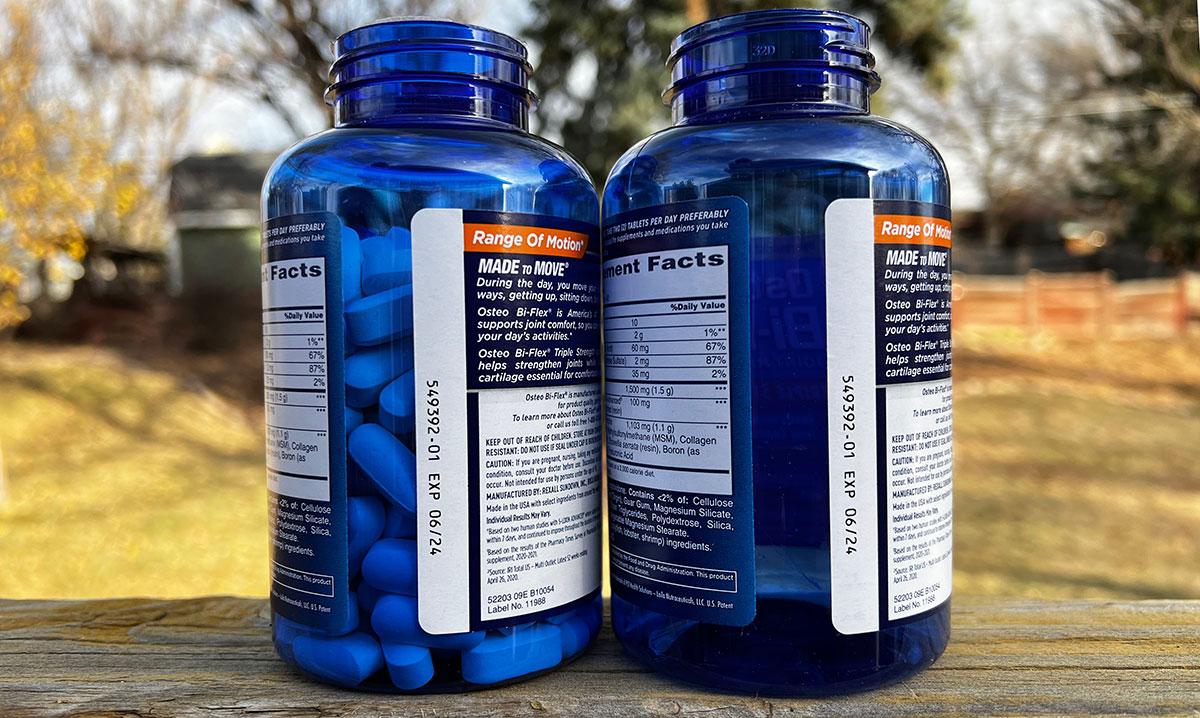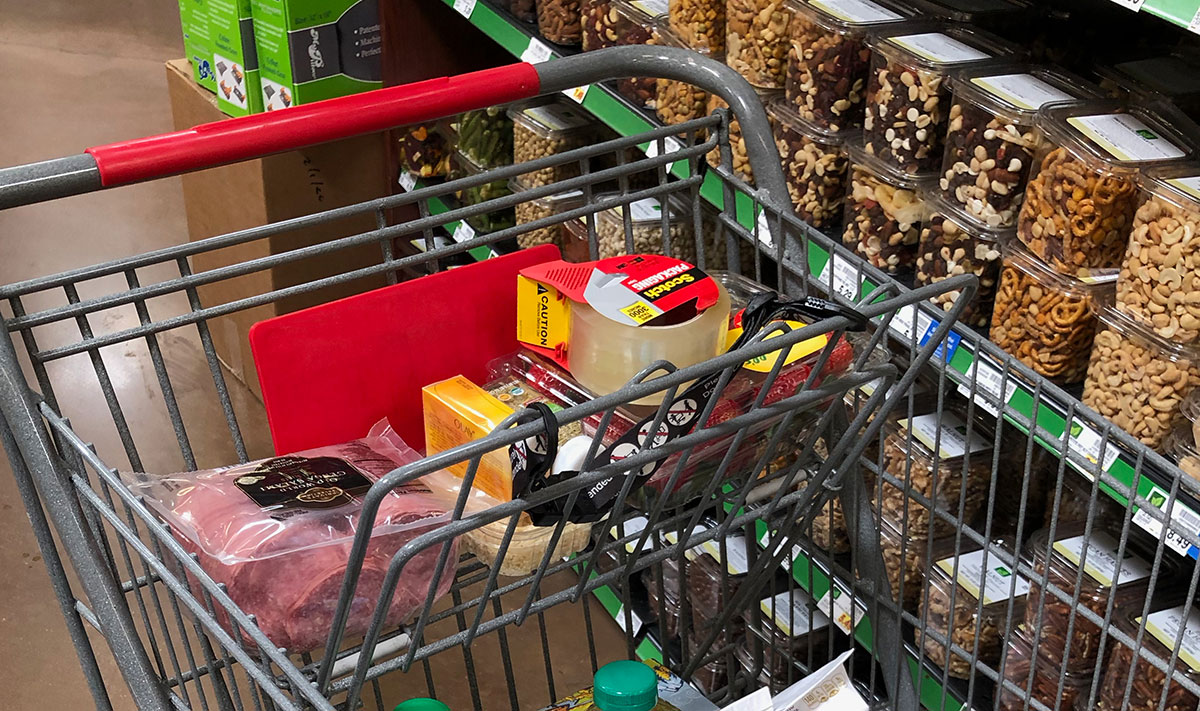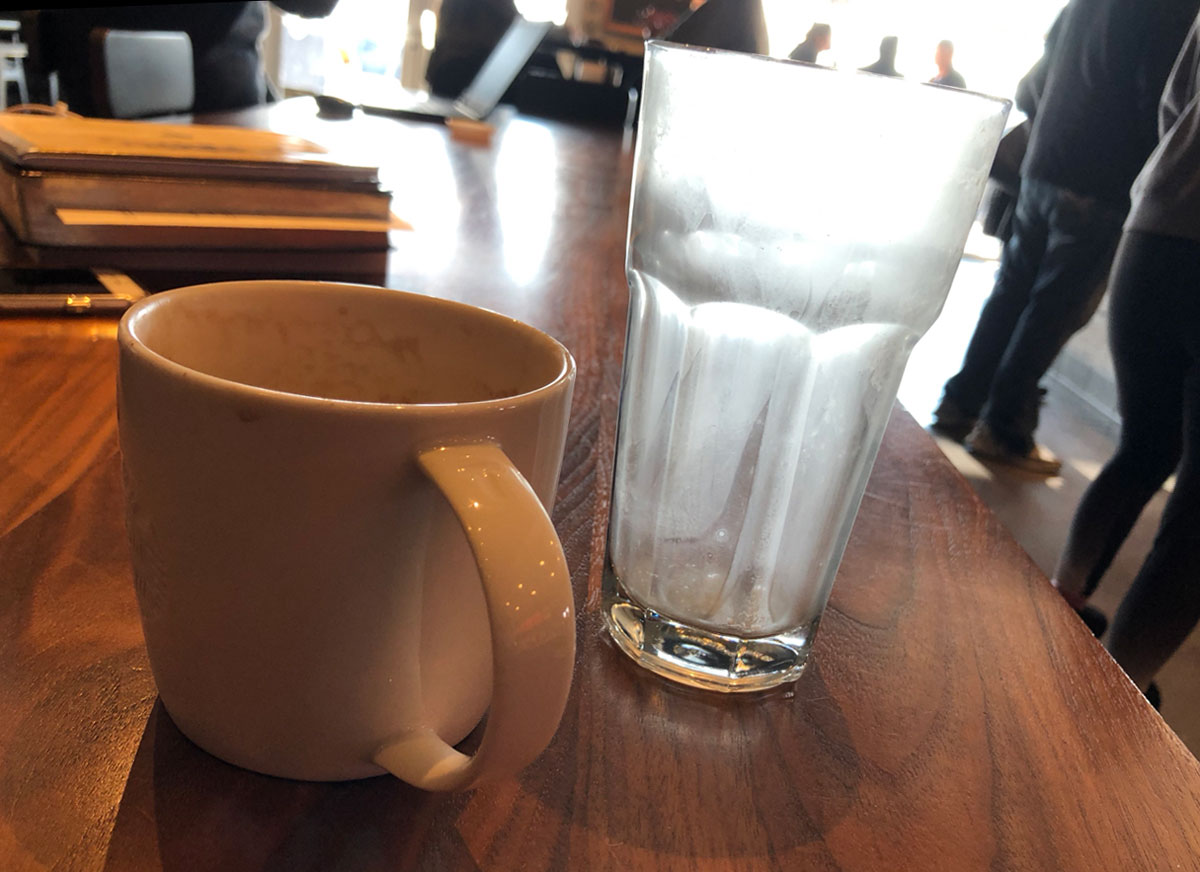The landscape for electric vehicles has changed with the current US government administration. In a very short time, the future for electric cars has become bleaker. Government vehicle subsidies will be gone at the end of September 2025. Home solar power subsidies finish before the start of 2026. Fewer charging stations will be built.
I won’t argue about whether the government should continue to write blank checks to subsidize clean energy. (And no energy is truly clean.) But the idea of charging an electric car at home using energy straight from the sun and driving it free of emissions is very attractive.
Two relatively new manufacturers, Lucid and Rivian, have done a fantastic job of making wonderful vehicles.
I’ve driven examples from both brands. Their level of quality feels top-notch. Acceleration is breathtaking. They deliver interfaces that are far more user-friendly than Tesla’s. Lucids and Rivians achieve impressive energy efficiency because they’re designed entirely as electric vehicles from the start. In contrast, many electric offerings from brands such as BMW and Mercedes use shared platforms with their gasoline-powered counterparts.
Both have bugs in their software, hardware, and support infrastructure. Both fall at the wealthy-owner end of the buying spectrum.
But I truly hope they survive this harsh climate. I want them both to win.
Photos are courtesy of the Lucid and Rivian websites.
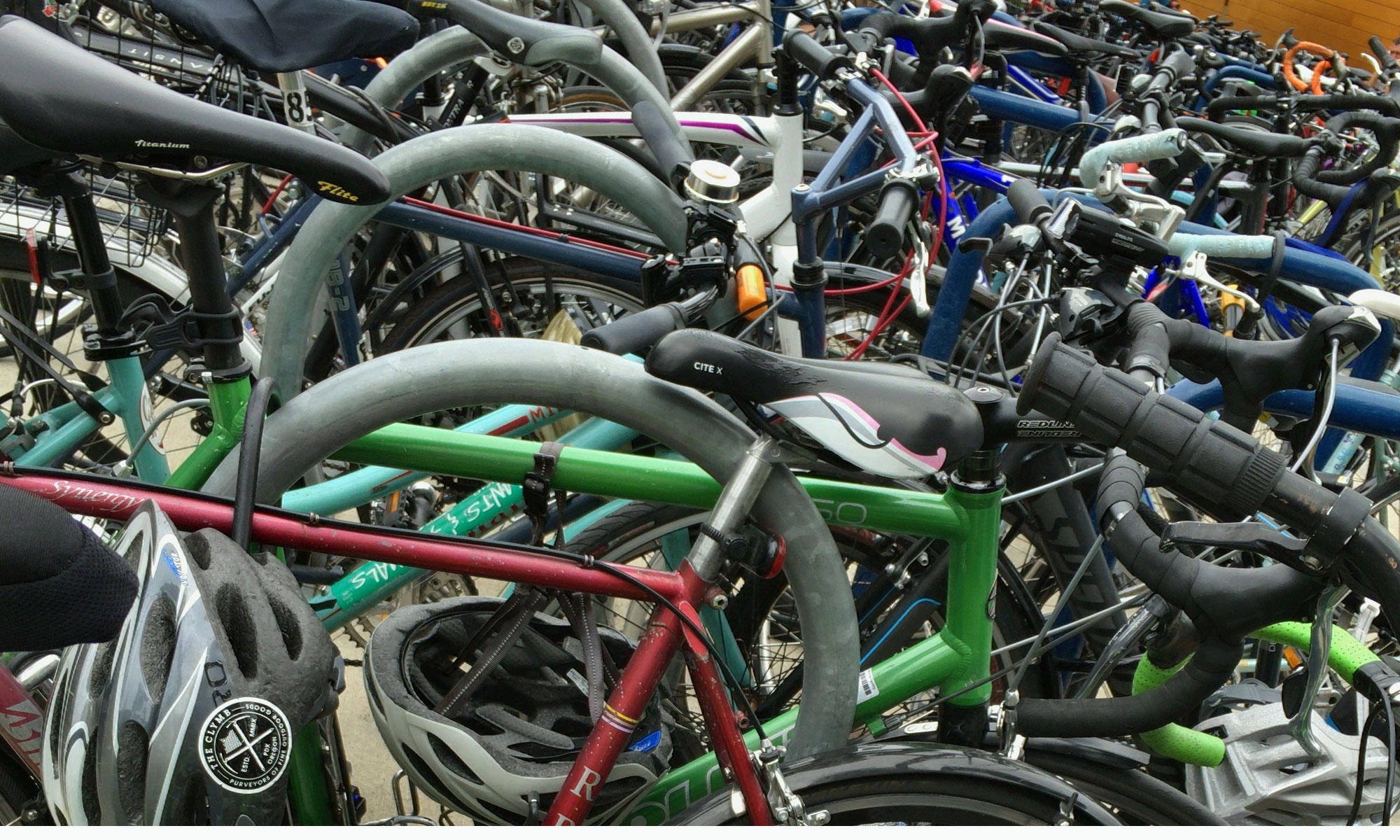


 So I decided to Recycle it.
So I decided to Recycle it.

